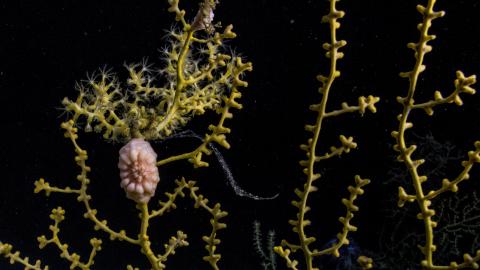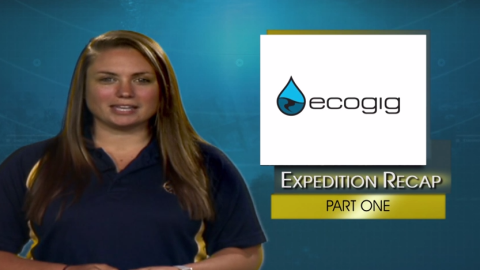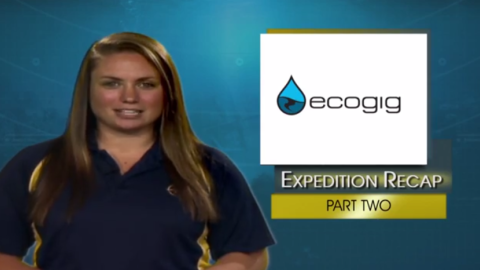2013 ECOGIG Expedition Overview
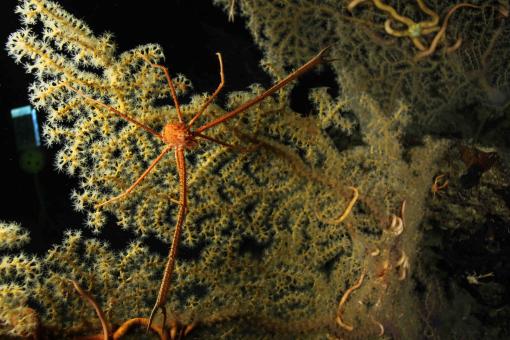
This cruise is part of a larger research program focused on examining the ecosystem-level response to oil and gas in the Gulf of Mexico. This research group is called the ECOGIG Consortium, which is made up of scientists from a wide variety of disciplines studying current flow, ocean chemistry, microbial activity, deep-sea coral communities, and everything in between. This group is looking primarily at natural oil and gas seepage into the Gulf, but using these natural processes to learn more about what happened after the Deepwater Horizon oil spill of 2010. On this cruise, we will mostly focus on the deep-sea corals and their response to the oil spill, but this work will include information from all of the other groups of scientists to fully understand what is happening.
Our plan is to return to a number of sites where we have documented impacts of the oil spill to deep-sea corals and continue our monitoring of these sites. We will take a large number of pictures of the same corals that we have been following since the impacts were first discovered. When we compare these images to the previous pictures, they will tell us how the corals are changing over time and whether they are recovering or getting worse. We will start at some of the large Lophelia coral reefs where we have not yet seen any impact, and then move deeper to the Paramuricea sea-fan sites that include both impacted and undisturbed sites.
We will also collect corals from some of these sites and conduct experiments on them to see what their response is to low levels of oil and dispersant exposure. We will monitor their health over time, and also take a series of samples to examine their genetic response, which will help us learn whether some corals are more resistant to the oil exposure, perhaps because they live close to natural seeps. This will also give us a tool to use in the future to determine if a coral has been exposed to a toxin in its environment, even after the toxin is long gone.
The other main objective of the cruise is to collect sediment samples and look at the communities that live in the mud near healthy coral communities and at natural oil seeps. Push cores will be taken by the ROV and brought to the surface where they are processed. All of the tiny animals are picked out of them and identified. The bacteria and other microbes living in the sediments will also be examined to see what they are and what they might be eating, possibly including oil itself.
We will also be working on conjunction with the University of Rhode Island’s research vessel, Endeavor. This ship will be collecting water samples above our sites and taking large core samples of mud around the edges of the sites. The combination of the eyes on the seafloor from ROVs Hercules and Argus from E/V Nautilus and the sampling capability from R/V Endeavor will allow us to completely characterize the habitats and the natural oil and gas inputs into the ecosystem to obtain a more complete picture of the system.
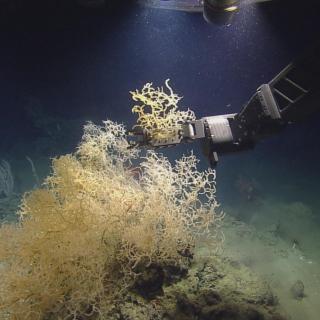
Ecosystem Impacts of Oil and Gas Inputs to the Gulf (ECOGIG)
The ECOGIG expedition is part of a larger research program focused on examining the ecosystem-level response to oil and gas in the Gulf of Mexico. This research group, the ECOGIG Consortium, is made up of scientists from a wide variety of disciplines studying current flow, ocean chemistry, microbial activity, deep-sea coral communities, and everything in between.
